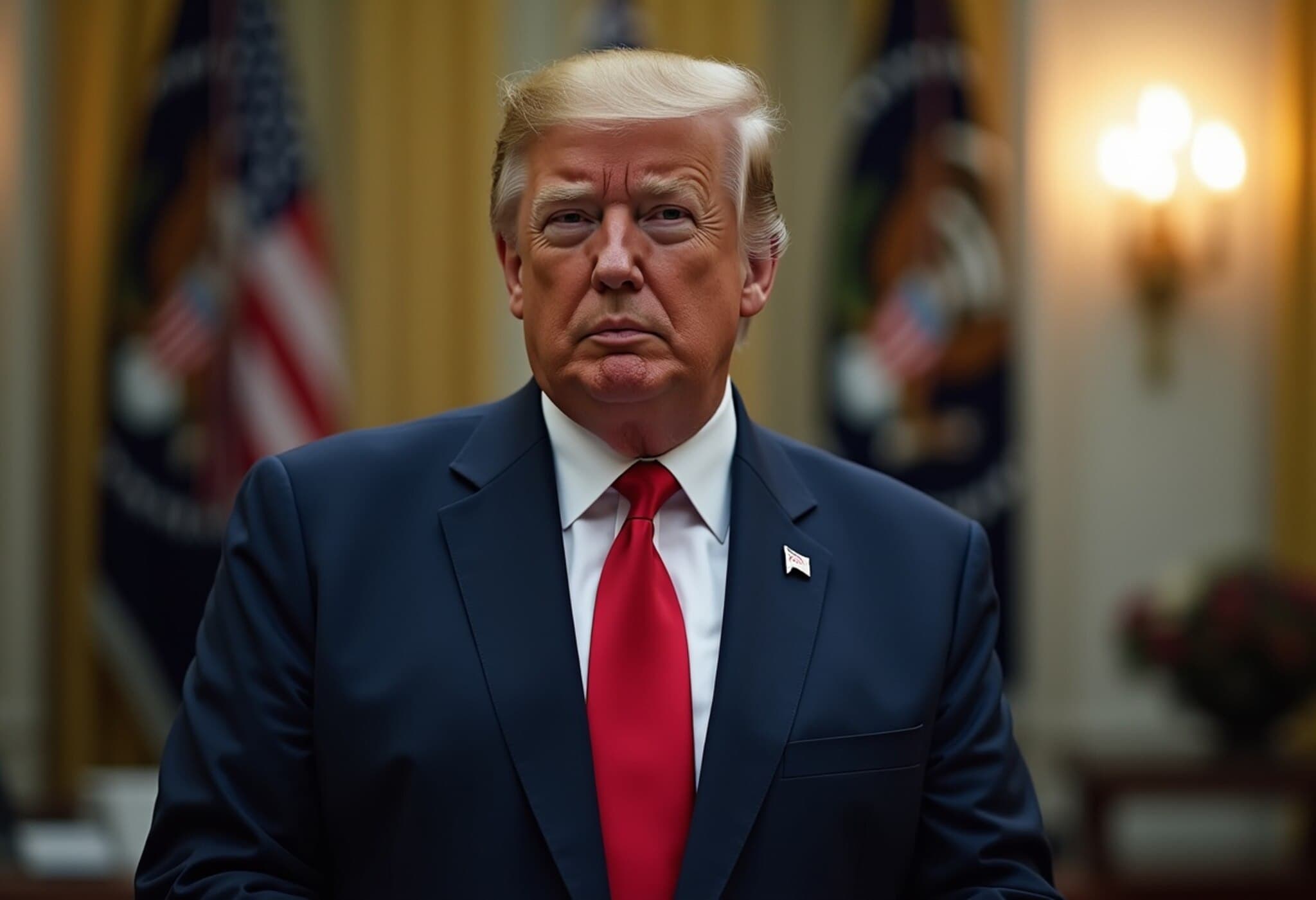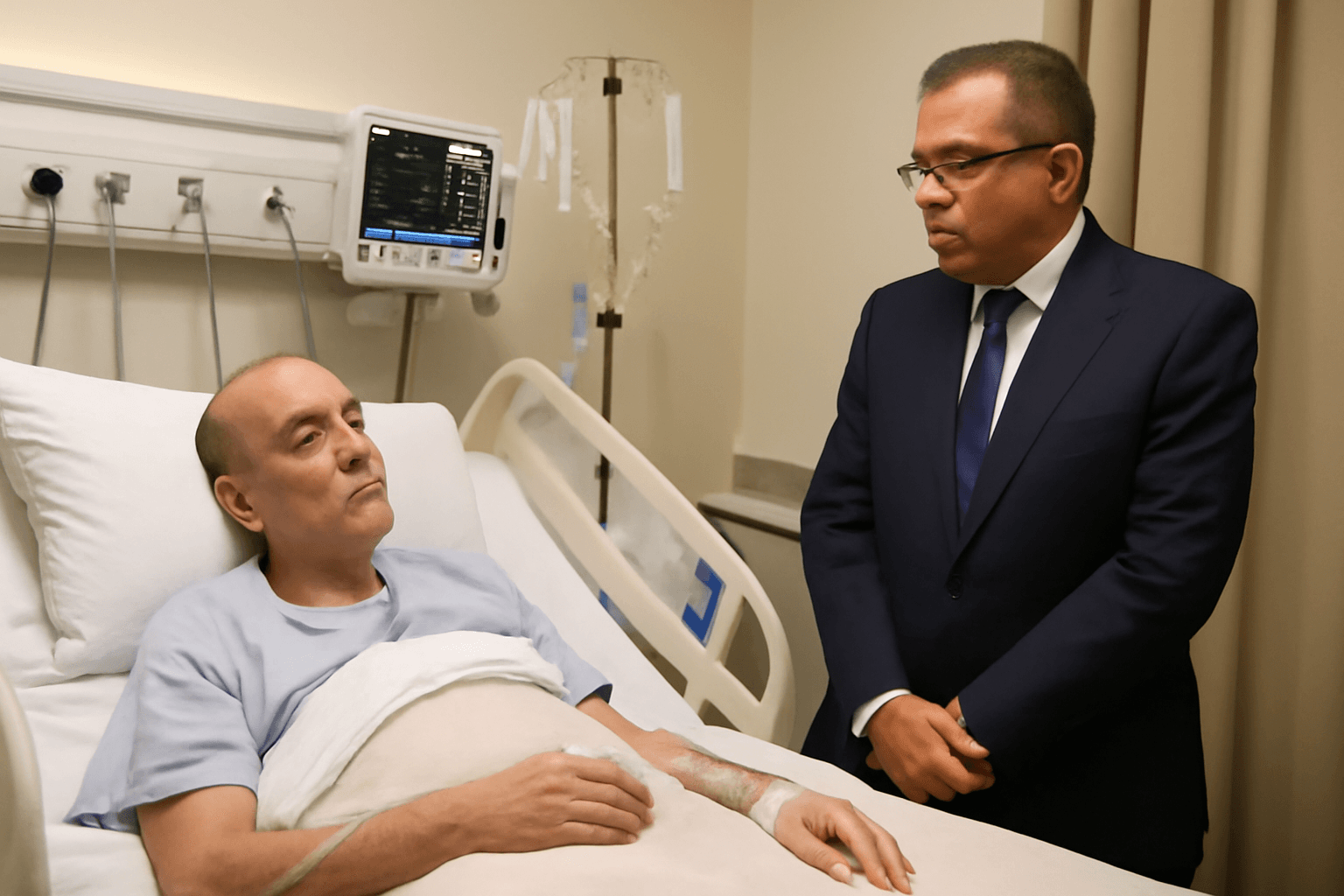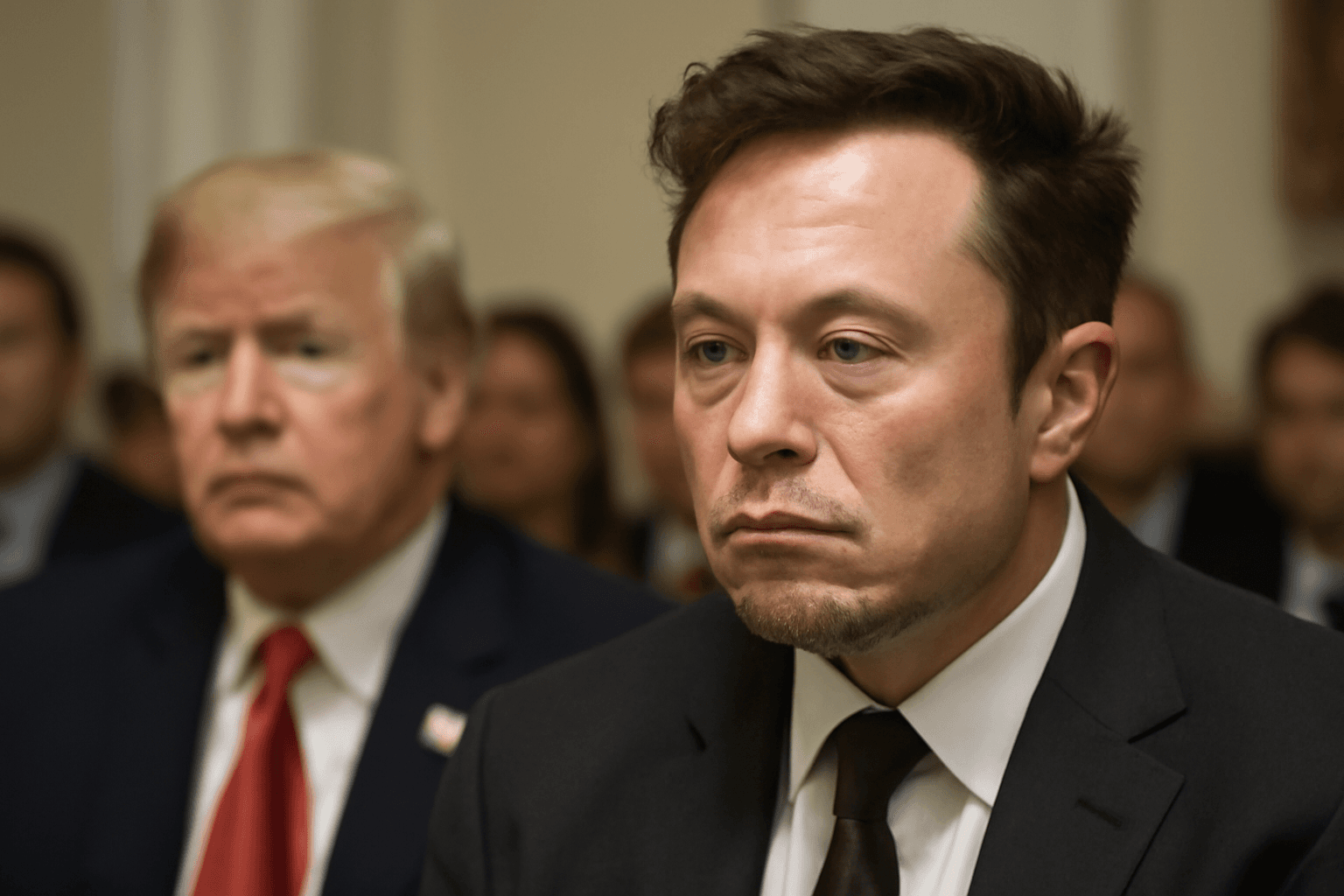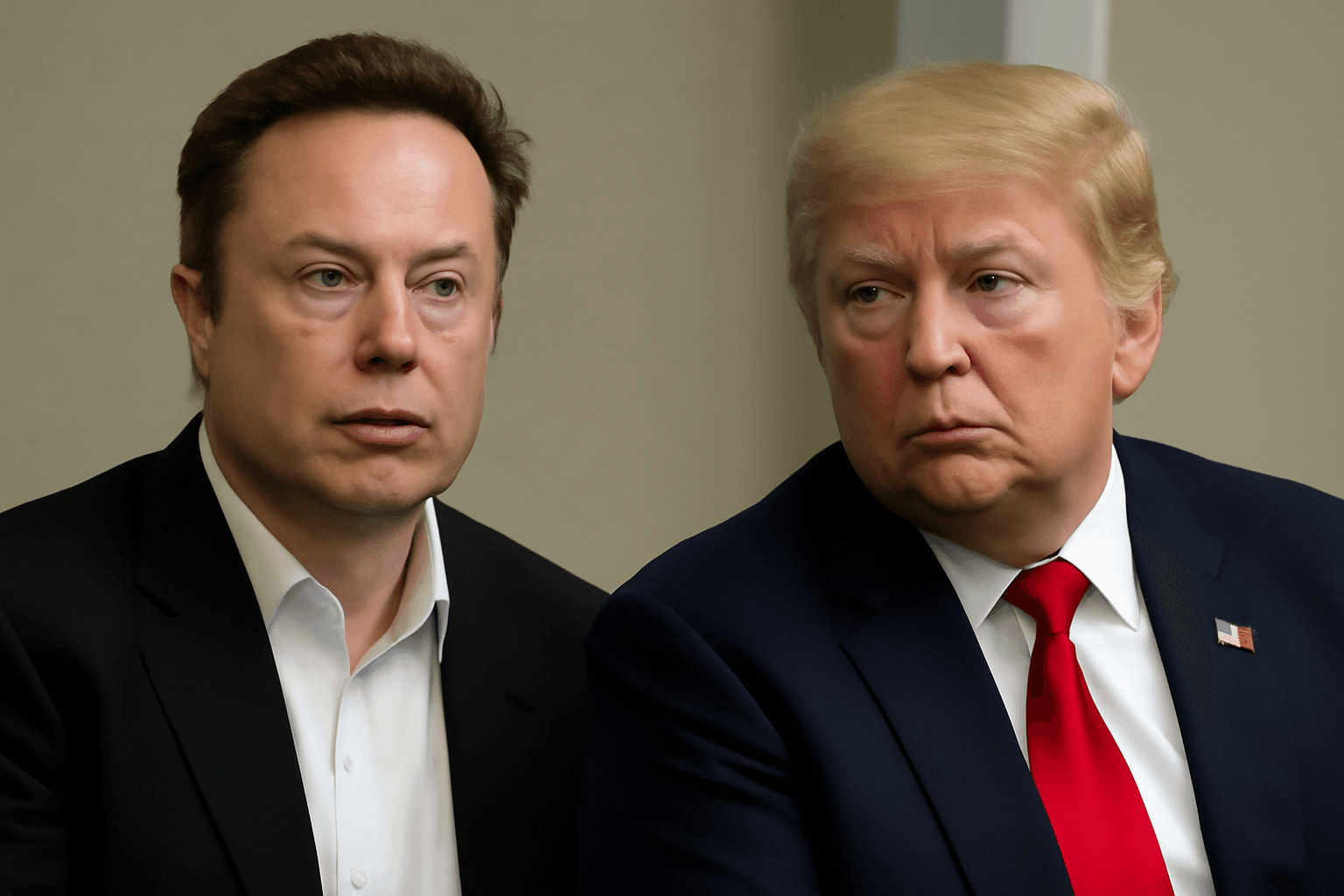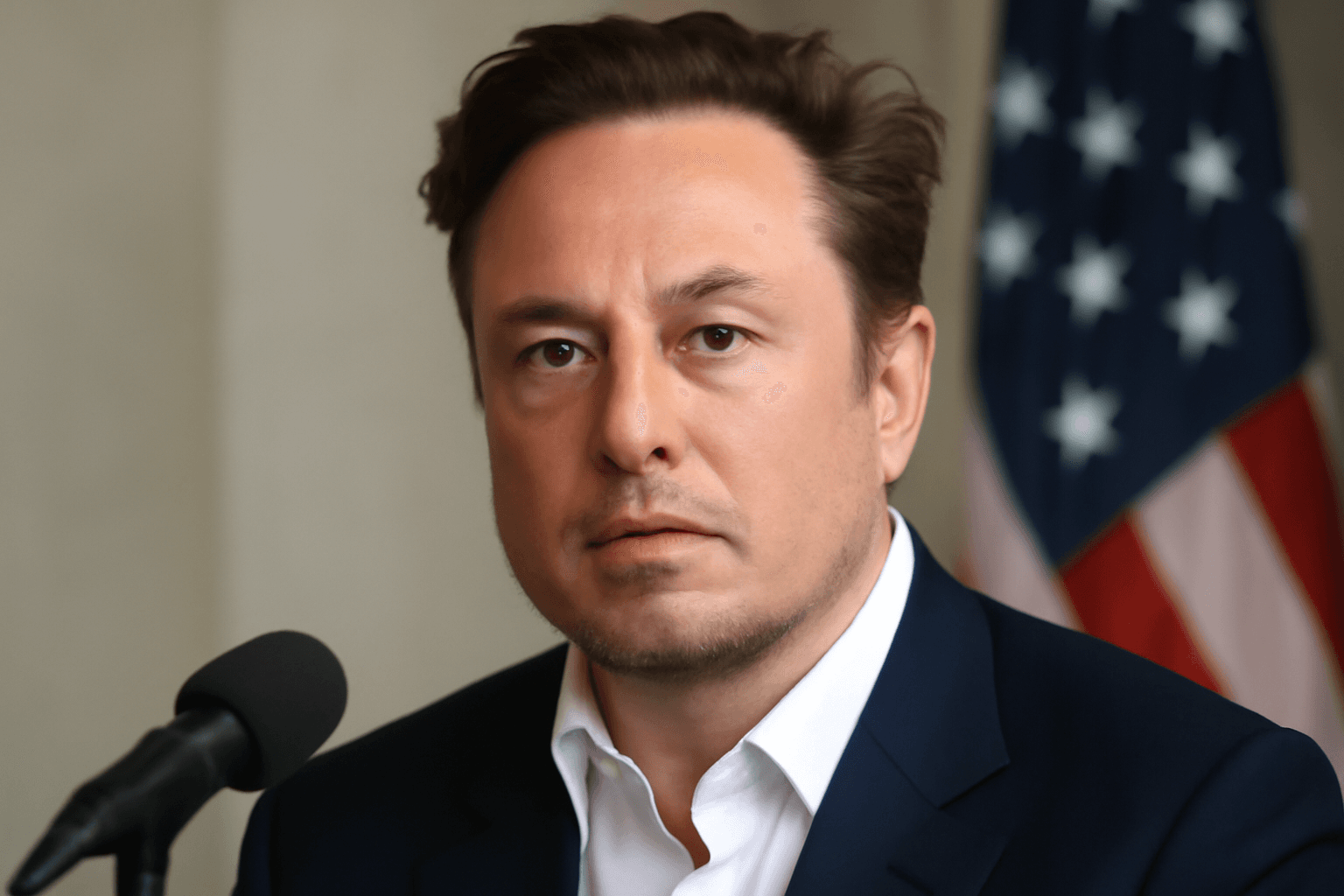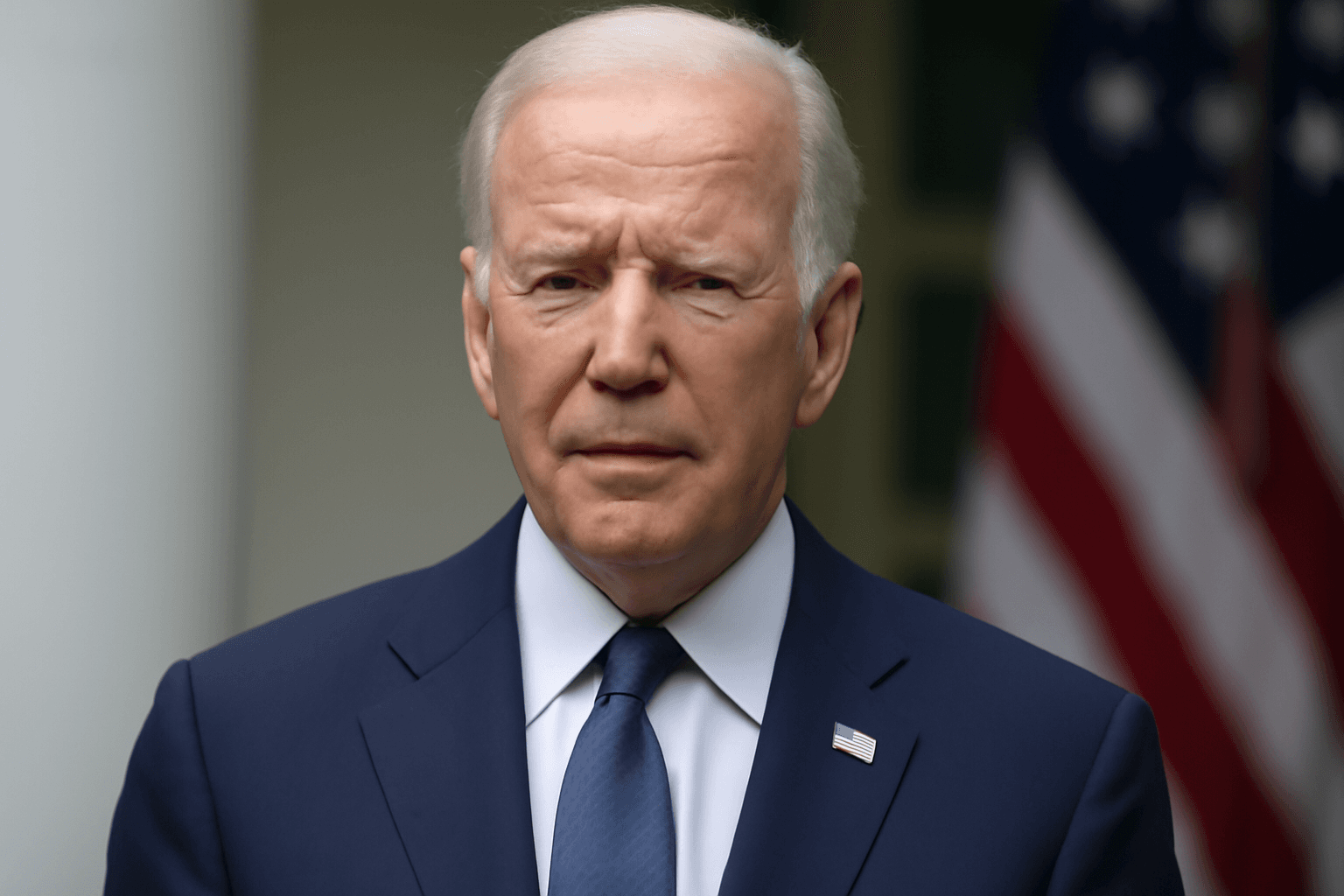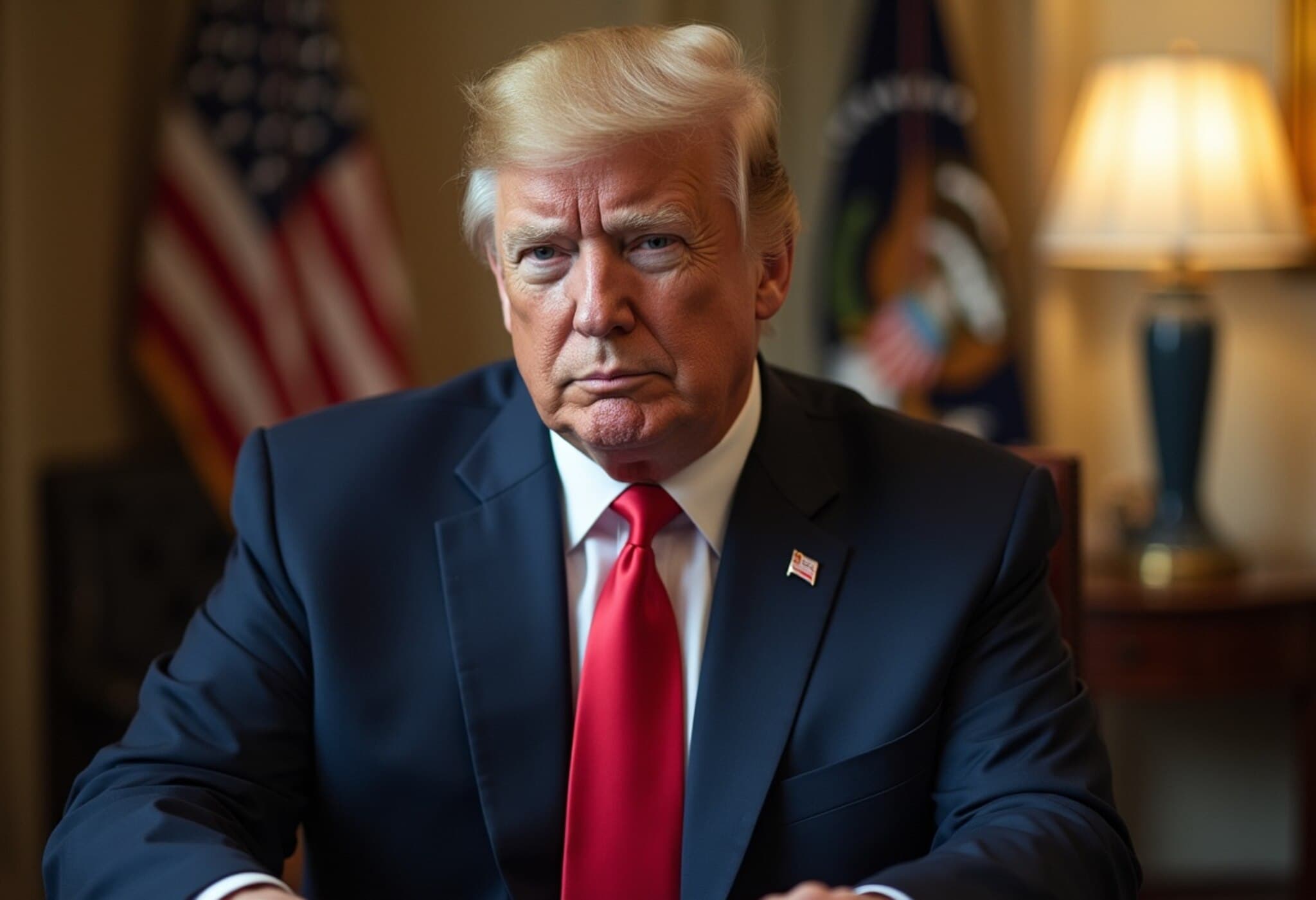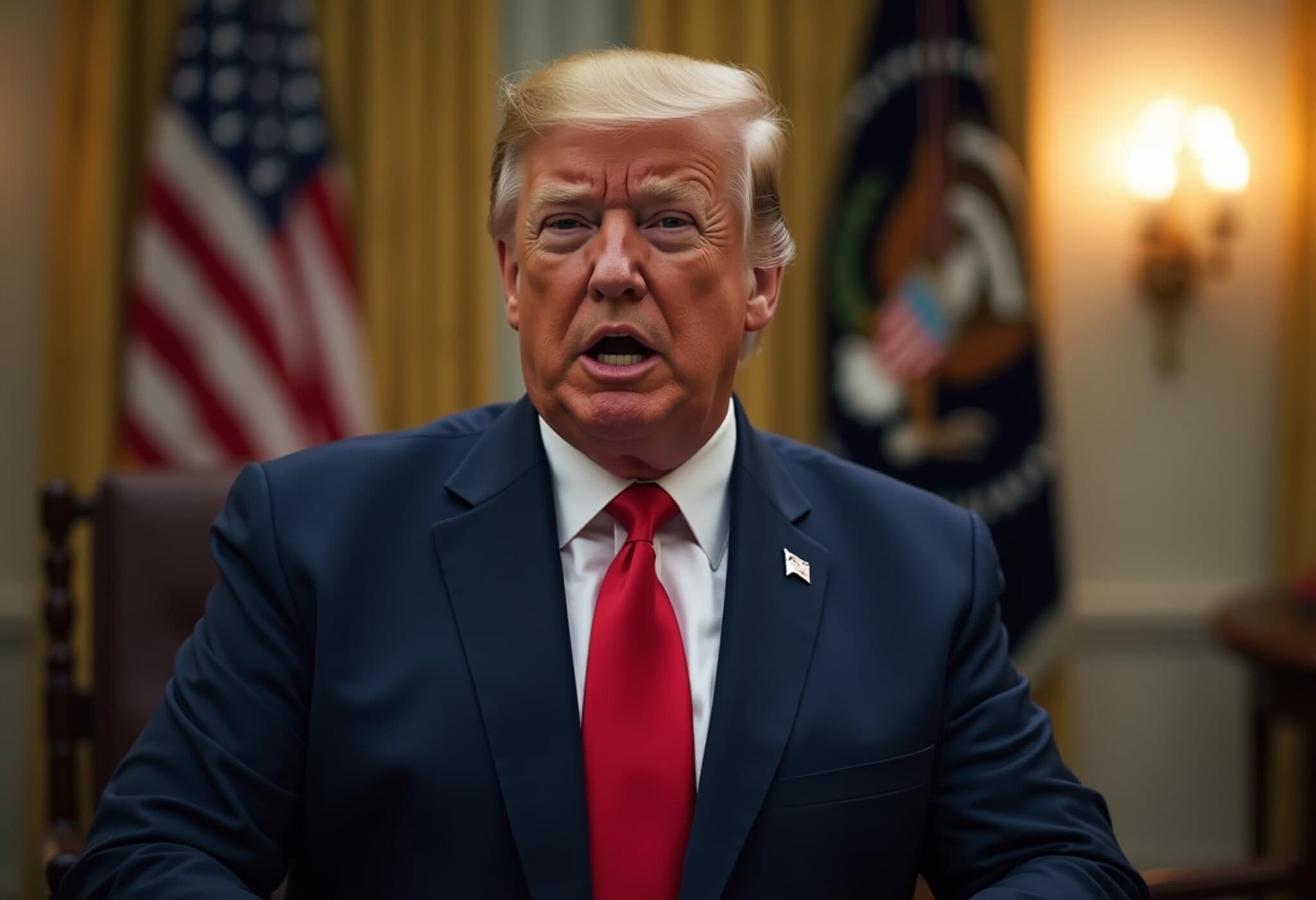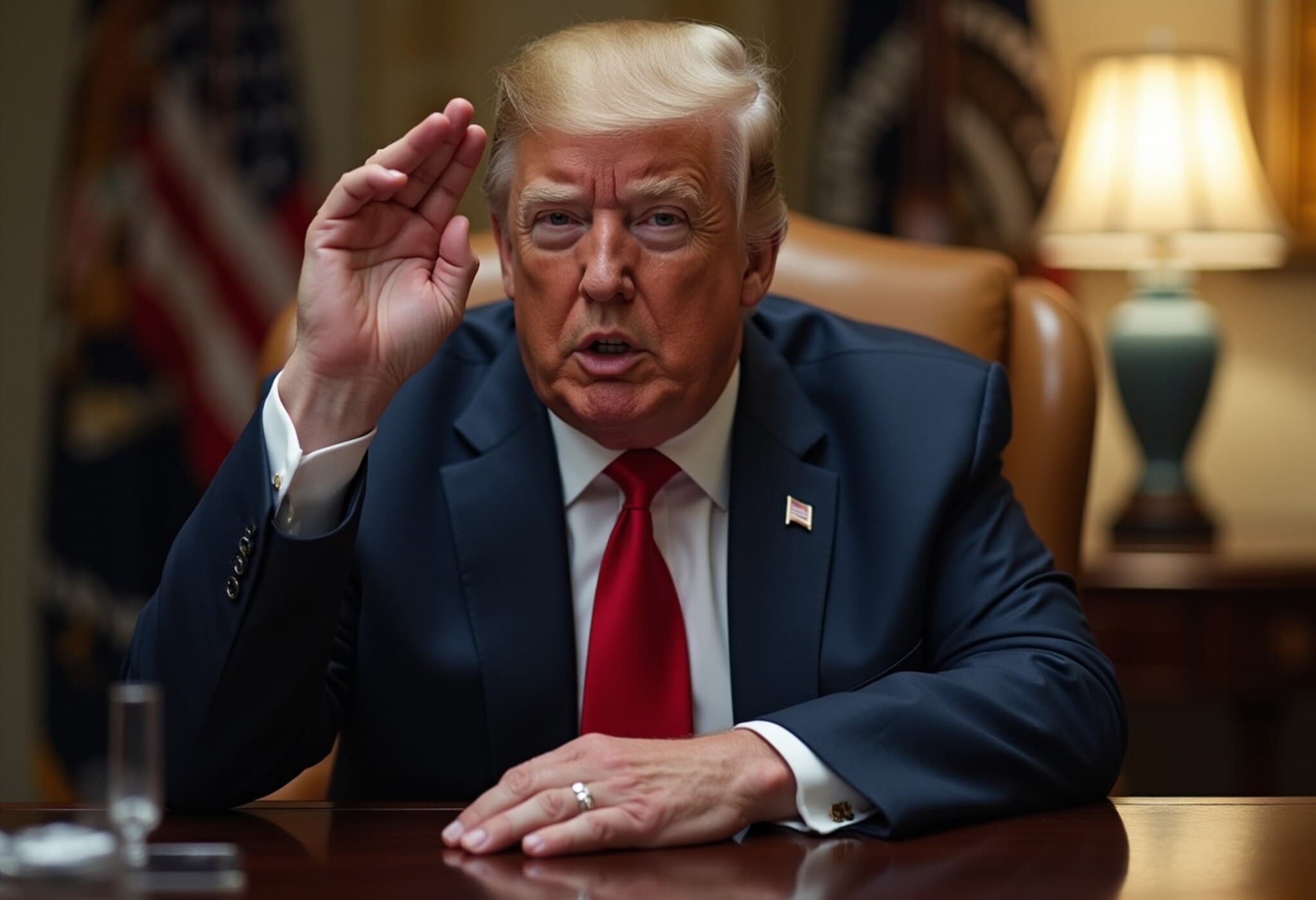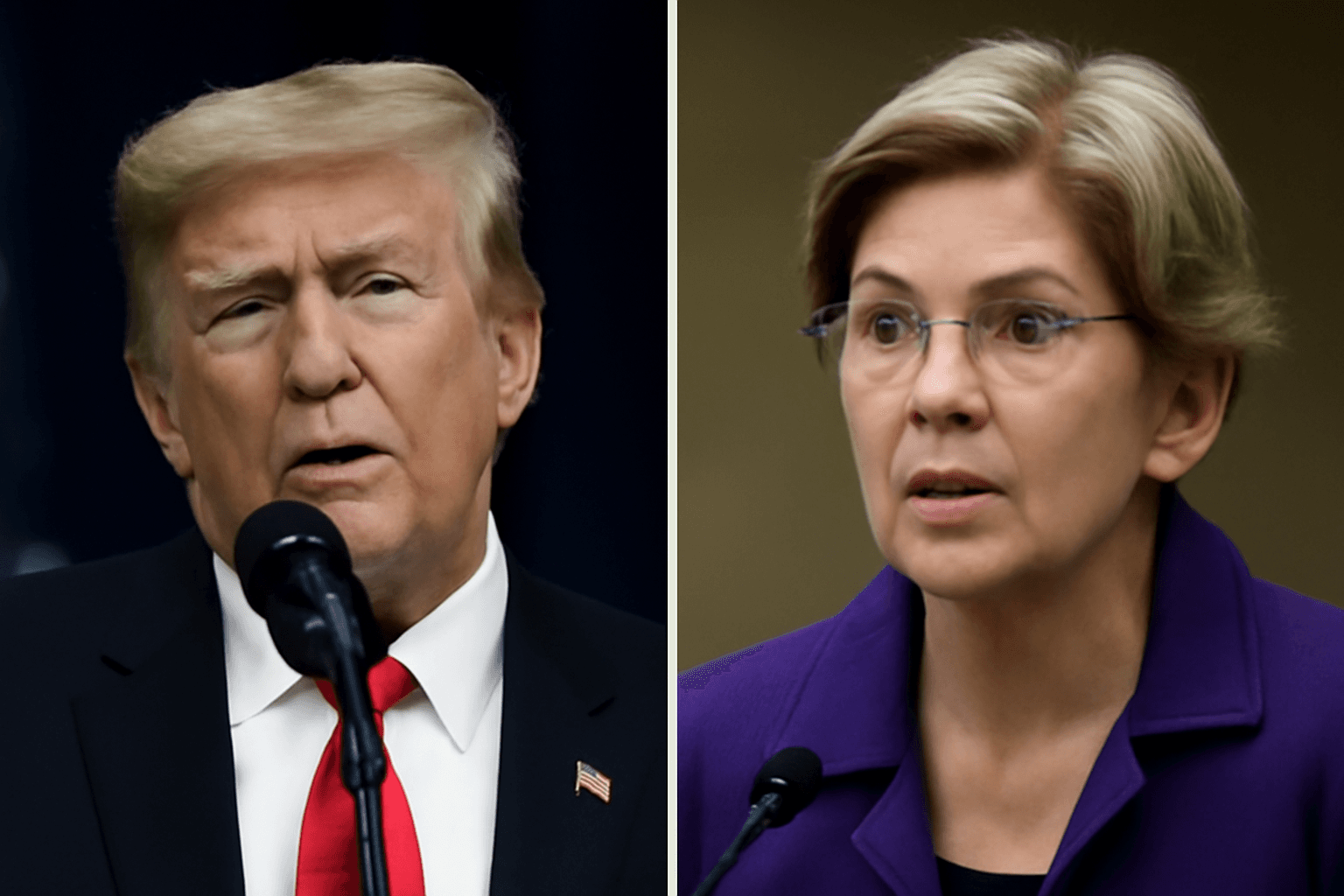President Trump Disclosed to Have Chronic Venous Insufficiency
In a recent announcement that has raised both public curiosity and medical discussions, the White House revealed that President Donald Trump has been diagnosed with chronic venous insufficiency (CVI). This condition affects the circulatory system, specifically the veins in the legs, and can influence overall cardiovascular health if left unmonitored.
Understanding Chronic Venous Insufficiency
Chronic venous insufficiency is a moderately common vascular disorder where the leg veins have trouble sending blood back to the heart. It often manifests as swelling, aching, or varicose veins, predominantly in the lower extremities. Over time, untreated CVI can lead to skin changes and, in severe cases, ulcers.
From a medical standpoint, CVI is typically managed through lifestyle changes such as increased physical activity, leg elevation, compression stockings, and sometimes more advanced medical treatments. The diagnosis itself highlights the importance of vascular health, especially for individuals with demanding schedules like the President.
Implications for Presidential Duties
Given the physical demands placed on the President of the United States, even a manageable condition like CVI can have implications. Mobility and energy levels are critical in fulfilling the role’s responsibilities, which range from diplomatic engagements to rapid decision-making under pressure.
While the White House has not elaborated on any treatment protocols or adjustments to the President's schedule, the disclosure prompts questions about the administration’s transparency concerning presidential health—an issue historically scrutinized by the American public and media alike.
Contextual Insights: The Politics of Health Disclosure
The President’s health has long been a matter of public interest, partly fueled by its potential to impact governance continuity. The announcement follows a trend of increased transparency about leaders’ medical conditions, which some experts see as necessary for maintaining public trust and ensuring national stability.
However, it also brings to light critical questions on how health updates are communicated and how much the public needs to know about the private health matters of their leaders without infringing on privacy.
Expert Commentary: Navigating Public Disclosure and Privacy
Healthcare professionals emphasize that conditions like CVI, especially when detected early, are typically manageable and not immediately threatening. Dr. Laura Simmons, a vascular specialist, notes, "Chronic venous insufficiency is a sign that circulatory health should be monitored closely, but it does not necessarily impede a person's capacity to perform complex tasks. Transparent updates are key to avoiding speculation and misinformation."
Policy analysts also highlight the balancing act between ensuring public confidence and protecting individual privacy, stressing the need for clear, factual, and timely information from official sources.
What This Means for Americans and Future Watchfulness
President Trump's diagnosis holds symbolic relevance beyond the individual—it underscores the often underappreciated aspect of cardiovascular health for working adults facing high stress and demanding roles. It serves as a reminder for many Americans to pay attention to vascular well-being and to consult healthcare providers when symptoms arise.
Moreover, this revelation may spark broader conversations on health transparency for public officials, potentially influencing protocols or expectations going forward.
Editor’s Note
The disclosure of President Trump’s chronic venous insufficiency invites us to reconsider the delicate interface of leadership, health, and public communication. While CVI is generally manageable, the announcement highlights the importance of vigilance in health matters for those in power. It also raises thoughtful questions about how much medical information should be shared with the public to maintain trust without compromising privacy. As this story develops, it will be vital to monitor not only the medical updates but also the political and social discourse surrounding presidential health transparency.

